(TITC) - The site of Ham Rong in Thanh Hoa Province has gone down in history of the resistance war against American Empire (1955-1975). It is also known for the wonderful natural landscapes of river, mountains, caves...
Currently, this area has become Ham Rong Historical Cultural Relic with a total area of 568ha in Ham Rong Ward, Thanh Hoa City. The relic consists of Ham Rong Bridge, Ham Rong Mountain, Tien Son Cave, Long Quang Cave, Ngoc Mountain, Canh Tien Mountain, temple of Thanh Hoa’s heroic mothers and martyrs, Dong Son Ancient Village…
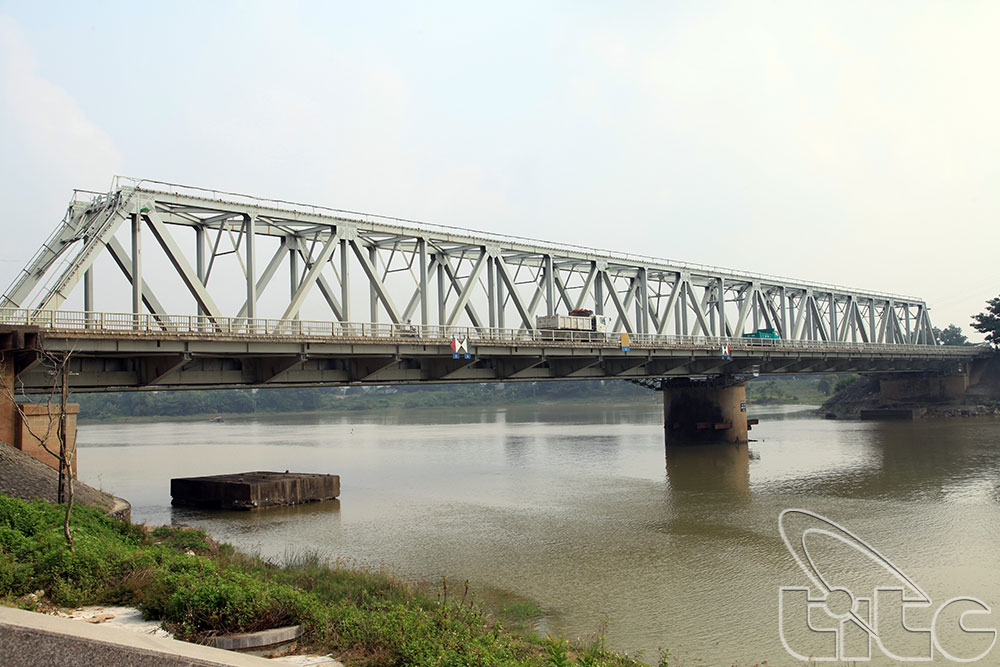
The first image which reminds about the Ham Rong historic victory is Ham Rong (Dragon’s jaw) Bridge spanning Ma River, nearly 5km to the north of Thanh Hoa City’s centre. Built in 1904 according to arch style with steel buttresses, the bridge was considered as the most modern bridge in Indochina at that time. Here, on 3 and 4 April 1965, Thanh Hoa’s army and people fought with fortitude, shot down 47 aircrafts, captured many pilots, protected the bridge safety and ensure through traffic, thereby contributing to the victory of the resistance war against American of the nation. After many raids, Ham Rong Bridge still stands proudly, and becomes the symbol for the resilience, indomitableness and patriotism of Thanh Hoa’s army and people.
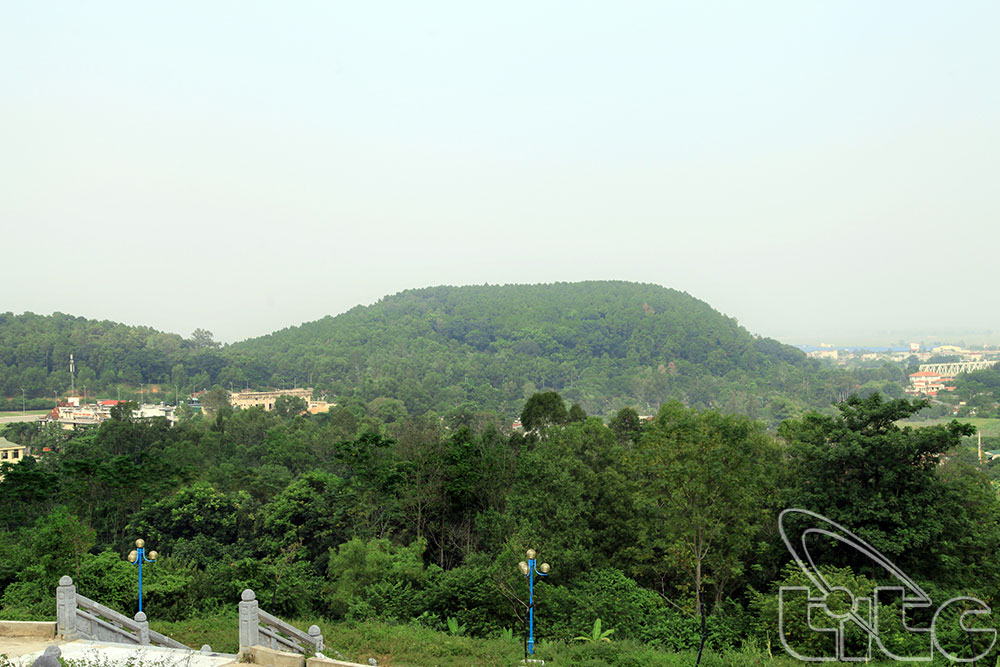
Ham Rong Mountain is about 2km long, stretching from Duong Xa Village, Thieu Duong Commune, Thieu Hoa District along the right bank of Ma River to the foot of Ham Rong Bridge. The mountain looks like a 9-segment dragon stooping to drink Ma River’s water. The specific topographical feature makes this area become the firm air defence fortification, contributing to Ham Rong Victory.
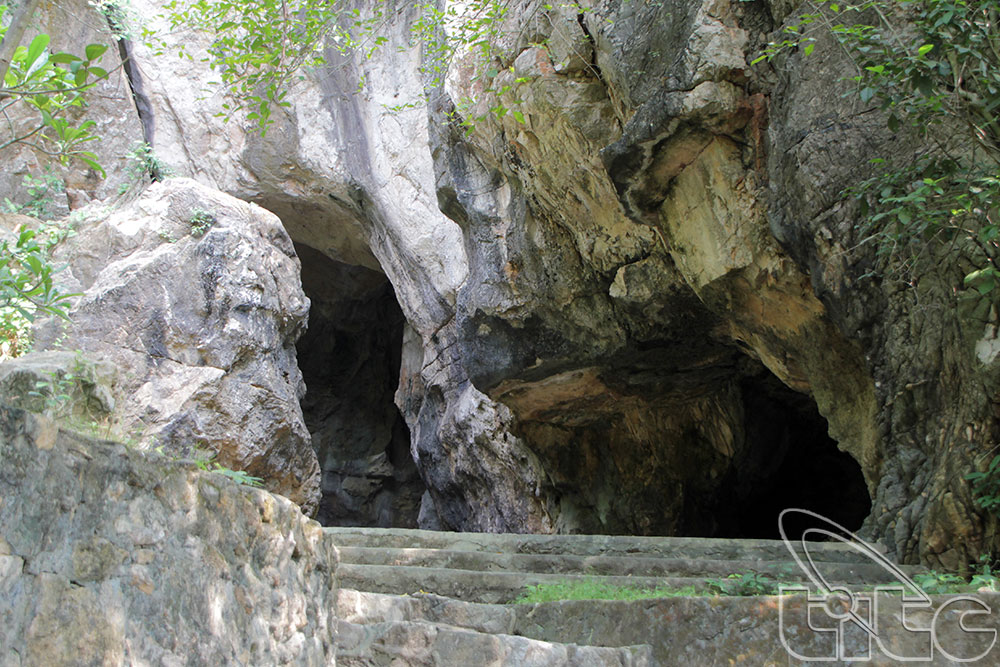
Apart from its strategic location in the fighting, Ham Rong Mountain also has the magnificent scenery surrounded by immense pine hills and romantic valley, in particular caves of Long Quang and Tien Son with exciting beauty. From Long Quang Cave’s entrance, visitors can admire panorama of Thanh Hoa City. With charming scenery, in the past, Long Quang Cave attracted many celebrities such as Nguyen Trai, Le Thanh Tong, Cao Ba Quat, Pham Su Manh... to sightsee. Many poems in praise of the landscapes of Ham Rong Mountain and Ma River from Later Le Dynasty were carved in the stone walls inside the cave.

Rounding Ham Rong Mountain, following stone steps about 30m, visitors will arrive in Tien Son Cave. Coming Tien Son, visitors will admire stalactite system with various shapes such as Jade Emperor, fair, god of thunderbolt, dragon, phoenix… In addition, the cave also has areas with unique shapes as peach garden, aquarium, hell, heaven gate, fair well... that make visitors feel as lost in the fairy space.
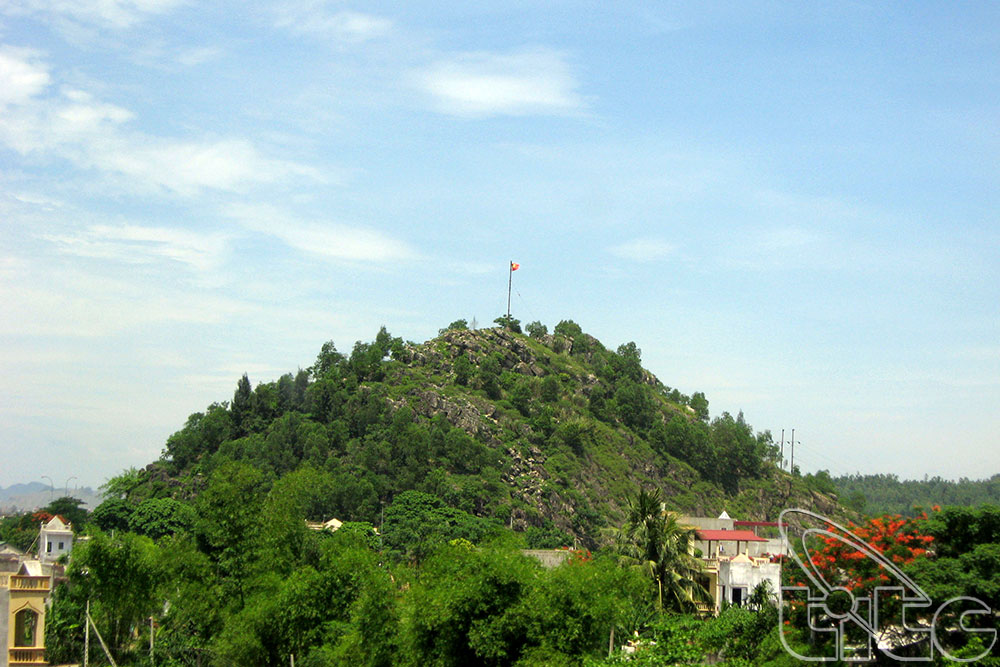
Ngoc (Pearl) Mountain is located on the north bank of Ma River, opposite to Ham Rong Mountain. From a distance, the posture of Ngoc and Ham Rong mountains likes as the dragon playing with pearl. Next to Ngoc Mountain is Canh Tien Mountain, where placed the artillery battlefield to protect Ham Rong Bridge. Today, the word “Quyet Thang” (Determined victory) is carved in the slope of the mountain as an affirmation of resilient struggle tradition of Thanh Hoa’s army and people.
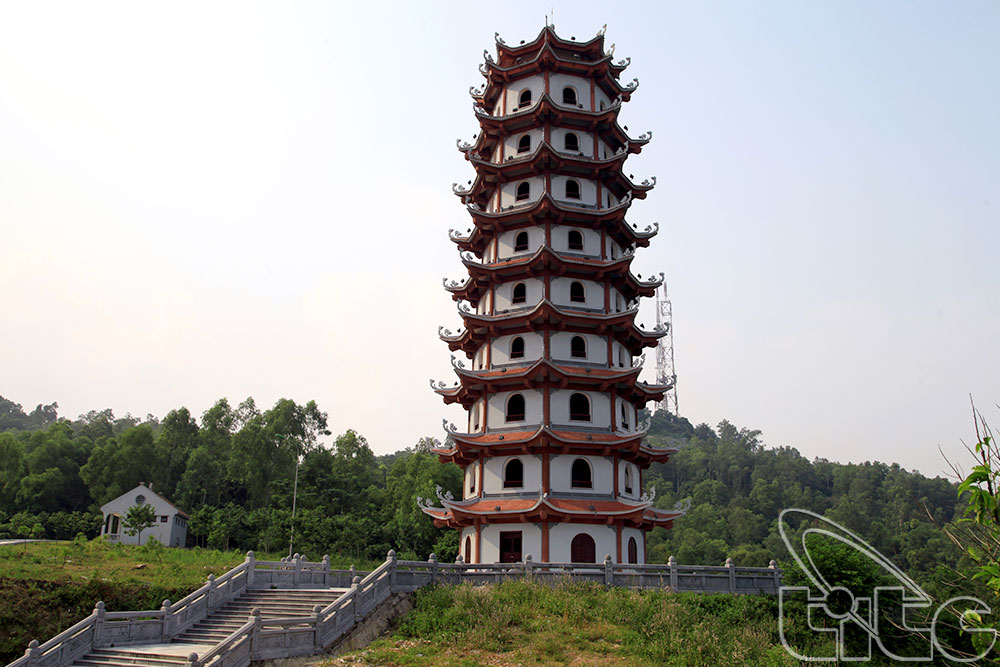
Situated in Canh Tien Mountain, the temple of Thanh Hoa’s heroic mothers and martyrs is a must-see spiritual site for visitors when visiting Ham Rong Historical Cultural Relic Area. The temple aims to gratitude the mothers, heroic martyrs who died for the peace of their homeland. The temple highlights with the large scale and harmonious combination of traditional and modern architecture. With a total planned area of 15ha, the temple includes the typical architectural items such as three-door gate, four-pillar gate, semicircular lake, main temple, bell tower, memorial stele...
Continuing the journey to explore Ham Rong Historical Cultural Relic, visitors will visit Dong Son Ancient Village in the south bank of Ma River. Being the typical agricultural village, Dong Son Village faces crowed river wharf and backs to Ham Rong Mountain. With the history of thousands years, Dong Son Ancient Village still retains the architecture of traditional village gate, communal house and dozens of old houses. Besides, the village also preserves many unique tangible and intangible cultural heritage as Duc Thanh Ca Temple, Mau Temple, Am Van Pagoda, Bo De Pagoda, Trung Communal House, Le Dynasty’s Temple… In particular, the artifacts excavated in Dong Son Ancient Village as agricultural tools, weapons, pottery, jewelry, bronze drums… show that Dong Son was an agricultural village with its position in the region in the period of Van Lang Nation. Early the 20th century, Dong Son has become the name for the famous archaeological culture in the world - Dong Son Culture and Dong Son bronze drum has become the symbol for the talent, creativity of the ancient Vietnamese in the first days of creation of human civilization.
With unique historical, cultural values and majestic natural sceneries of mountains and river, Ham Rong Historical Cultural Relic is an attractive tourist site for visitors.
Thu Giang